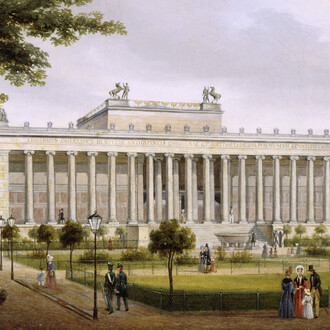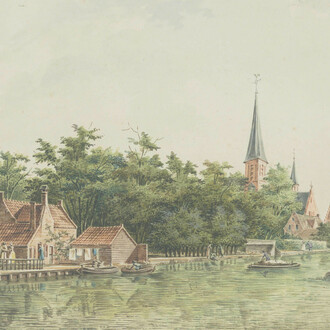The portrait as a depiction of a real, specific, historical person is one of the key achievements of Greek art. Its influence stretches from the era of the Roman Empire and the Renaissance into the present day, forming the foundations of Western traditions of portraiture. However Greek portraits are not photo-realist depictions conveying the true appearance of an individual, but are rather bound to cultural types, characterising their subjects according to age, social status and affiliations to a particular group. The decisive factors are the prevailing ideals that inform the pictures, the occasion and location of their installation, the qualities of the respective media (statues, reliefs, vases, etc.), as well as the strategic intentions of the individual who commissioned them. Individualising characteristics made the portrait distinctive, but there was no need for them to be true to life. The identity of the subject was given by inscriptions revealing their names.
The exhibition illustrates the evolution of Greek portraiture in the tension between reflecting social ideals and depicting individuals, which in their diverse juxtapositions and combinations offered variegated possibilities for conveying identities. At the same time, the exhibition illuminates various aspects of the context of the ancient world, and how the traditions of Greek portraiture have been handed down through the ages.
The core of the show is made up of 20 outstanding loans from the Glyptothek and the State Collections of Antiquities in Munich, including portrait heads in marble of historically important poets, strategists, philosophers and kings; a historical bronze replica; and an Attic vase with a unique depiction of the poet Sappho. As well as this, there are reconstructive replicas of the famous bronze statues of the Riace Warriors on loan from the Liebieghaus in Frankfurt (until 12. Januar 2020), which will be placed in the rotunda of the Altes Museum, allowing them to enter into a fascinating dialogue with the statues of gods located there. The loans will be complemented and contextualised by sculptures, vases and artisanal objects from the Antikensammlung’s own holdings, which would normally be hidden away in storage.
Additionally, selected exhibits from the permanent exhibition of the Altes Museum will be incorporated by way of special markers and an explanatory flyer, in order to elucidate further aspects of the topic. This allows visitors to gain a fresh perspective on the permanent exhibition. The focus of the exhibition enables an intensive engagement with questions of conceptions of self, idealised images and projections of identity, which are still relevant today for a broad audience, and continue to influence the production of modern portraiture.
















